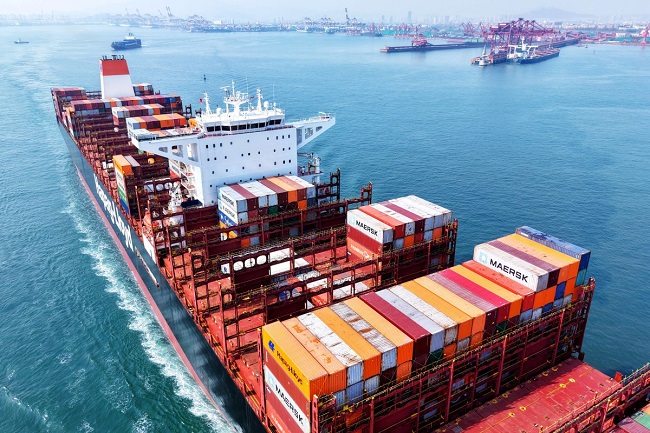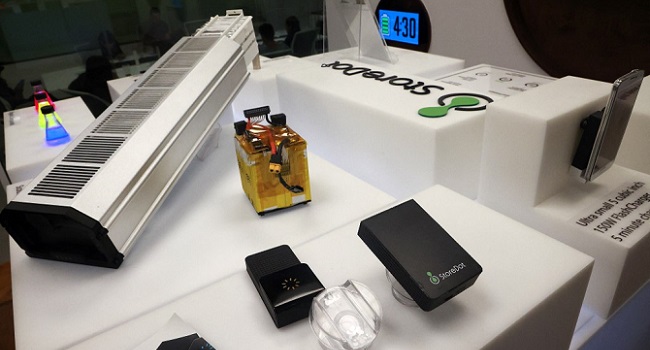China’s exports of batteries and battery energy storage systems (BESS) to Nigeria and other countries have hit a record in 2025, soaring by 24% from the year before over the first nine months of the year.
Batteries have been China’s most lucrative clean energy technology export since mid-2022, and so far this year have generated roughly $60 billion in export receipts for the country, a Reuters report quoted data from energy think tank, Ember.
That compares to battery earnings of just under $48 billion over the same period in 2024, and exceeds China’s year-to-date export earnings from electric vehicles, grid components, renewable energy infrastructure, and cooling equipment.
Batteries have been China’s most lucrative clean energy tech export since mid-2022, and account for 37% of China’s clean energy export revenues so far in 2025.
China is the global leader in battery technology manufacturing and exports, and is benefiting from a worldwide boom in demand for batteries used in EVs and power networks.
Below is a breakdown of the top markets for China’s battery exports, which look set to undergo further steep growth into most major markets heading into 2026.
WIDE SPAN
Twenty-three different nations have bought $500 million or more of China-made batteries so far in 2025, which underscores both the unrivalled reach of China’s manufacturers and how lucrative the battery export segment has become.
Large battery customers include Germany’s top car makers, such as Volkswagen and BMW, as well as grid operators and utilities that are building out the country’s BESS network.
The United States is the next largest market for China’s batteries ($9.3 billion so far this year), followed by Vietnam ($3.6 billion).
Germany has also posted the largest annual rise in purchases of China’s batteries this year, with receipts up by $2.5 billion compared to the same months in 2024.
The Netherlands, Australia, and India also posted steep year-over-year rises in imports, with each country spending over $1 billion more so far in 2025 compared to last year.
RAPID GROWTH
Regionally, Europe is the top destination for China’s battery exports, and has accounted for 42% of all China’s battery exports so far in 2025.
Europe is the top destination for China’s battery exports, followed by the rest of Asia and then North America
Asia is the next largest market, with a 26% share so far in 2025, followed by North America (with a 17% share).
The break-even rate for monthly payroll growth is probably somewhere in the neighborhood of 25 to 50,000 jobs.
However, the Middle East and Latin America have been the fastest-growing regions so far in 2025, posting 107% and 99% increases, respectively, compared to the year before.
Battery exports to Saudi Arabia – by far the Middle East’s largest battery buyer – are up nearly fourfold compared to 2024, while Latin America’s top buyer, Chile, has posted a 320% rise in imports compared to 2024.
READ ALSO: COP30: Nations Under Pressure To Land Deal
CRITICAL MASS
Outside of the top markets noted above, China’s battery exporters have enjoyed rapid growth into a swath of other countries that look set to remain robust targets for battery sellers.
Countries such as Spain, United Arab Emirates, Pakistan, Mexico, and The Philippines all have ambitious goals for both solar power generation and electric vehicle sales, which are heavily dependent on batteries.
And as each of those countries has already spent over $200 million on Chinese battery imports in 2025, it is clear that China has established extensive distribution and service networks there to ensure further sales potential.
Greece, Egypt, Italy, Indonesia, and Cambodia are other notable fast-growing markets that have each seen sales surpass $100 million already this year and look primed to remain promising destinations for EV and energy battery system growth.
One of the few countries to register a drop in China battery imports this year is the United States, which is embroiled in a trade war with China, has cut federal support for EVs, and has ambitions to develop its own battery industry.
All told, however, 114 different countries or territories have purchased $10 million or more of Chinese batteries so far in 2025, which has endowed China with a valuable sales and distribution outlet for its world-leading battery sector.
That means that even if pockets of rival battery production emerge in the coming years, China will likely remain the primary vendor for EV and BESS batteries for years to come.




